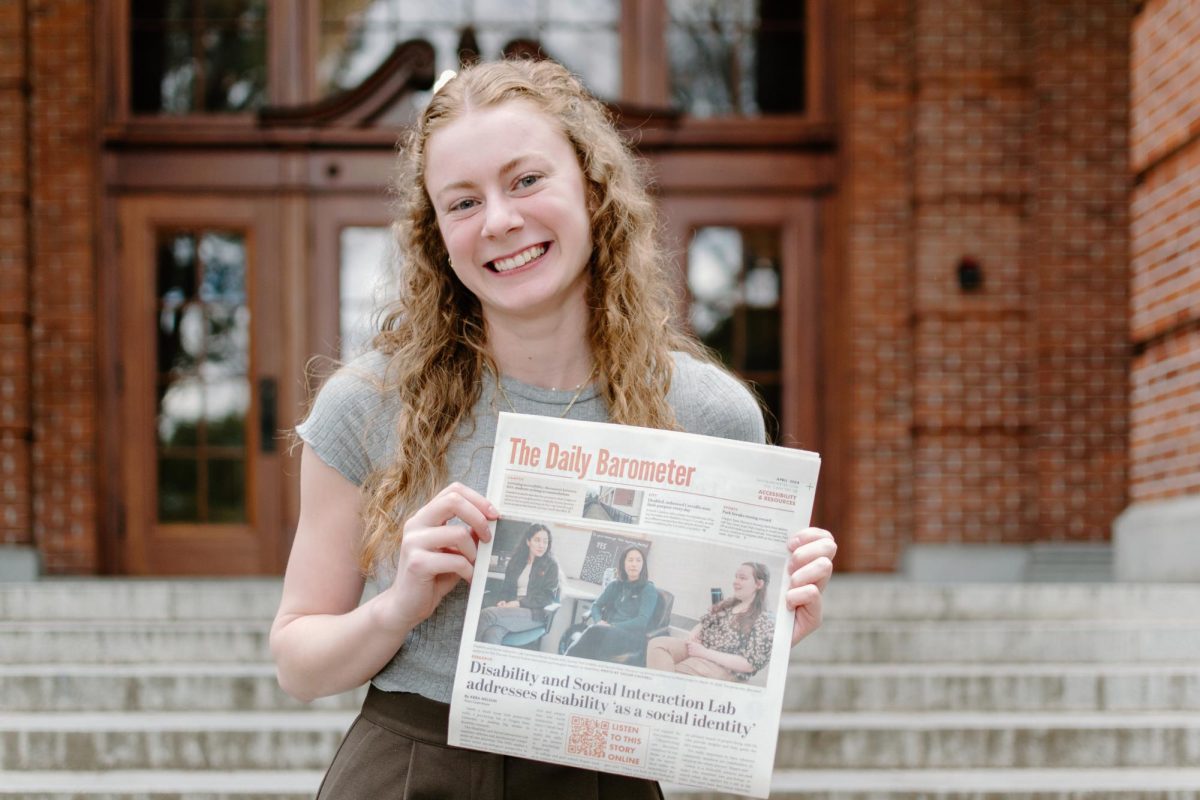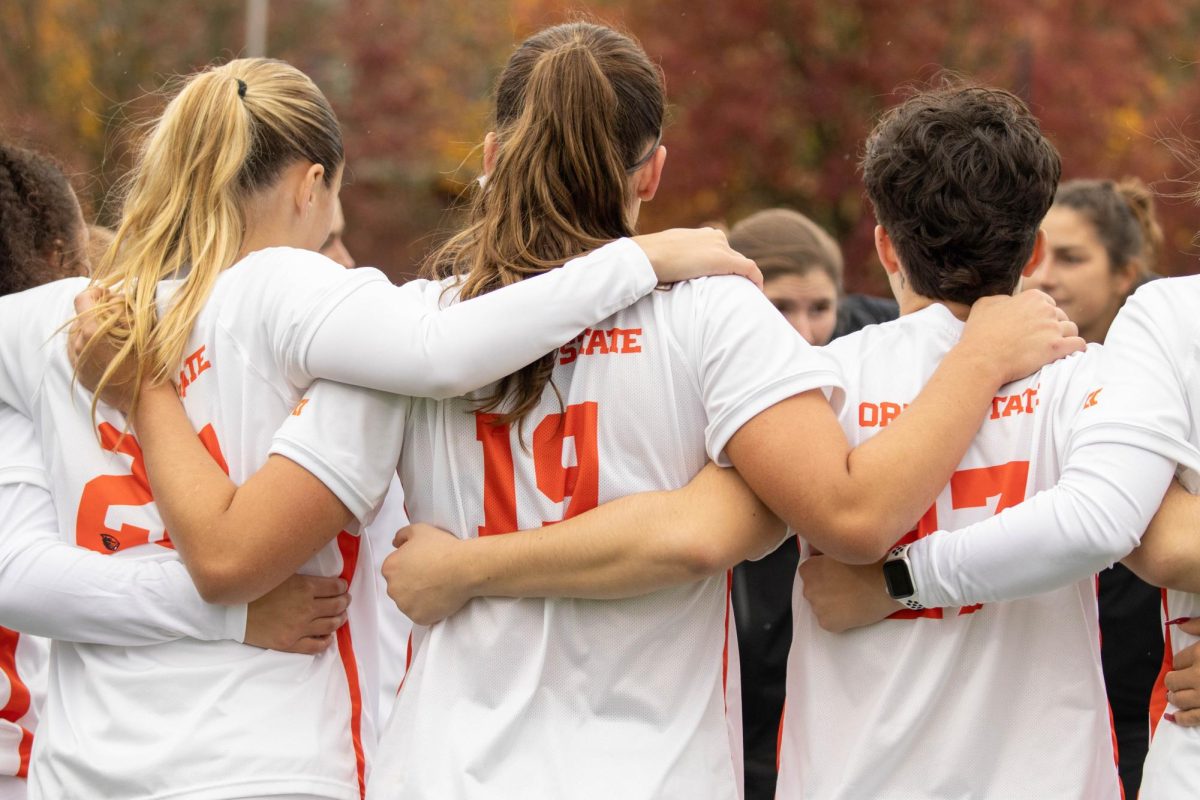Moss-laden trees rise out of a mattress of pine needles and ferns. A distant fog blurs the end of the hiking path and the air is dense with the smell of damp soil. Overhead, still branches move and the underbrush twitches with birds and squirrels.
This is the Elliott State Research Forest, made of thousands of acres of publicly-owned old and new growth forest land that is now in the process of becoming part of Oregon State University research.
As part of an extensive process to conduct research in the forest, a forest management plan must be submitted by Dec. 31 2023, the draft of which is now open for public comment until Nov. 8.
The Forest Management Plan, in its final form, will lay out the conservation efforts, ownership, funding, recreation opportunities and research that will be integrated into the forest.
Shannon Murray, program director of the ESRF, recommends visiting the forest’s website to learn more.
“If students are wanting to understand what the overarching research platform is or other details, the research proposal would be a great place to start,” Murray said.
“So far, we’ve gotten a handful of comments, but we’re definitely expecting more,” said Murray. “We would really love to have student comments.”
In late 2018, the State Land Board directed the Oregon Department of State Lands and OSU to explore options for creating a publicly-owned state research forest.
Four years later, in March 2022, the Oregon Legislature passed a bill to establish the Elliott State Research Forest and form an independent public agency to oversee it — The Elliott State Research Forest Authority — which would contract with OSU to manage and conduct research on the forest.
The forest comprises 82,000 acres in Oregon’s Coast Range, just north of Coos Bay. This is the ancestral home of a number of indigenous tribes, all of which were involved in the drafting of the management plan and are a part of the Department of State Lands’ Elliott State Forest Advisory Committee, according to the forest’s website.
The ESRF’s FAQ page reports that representatives from OSU and the College of Forestry conducted formal and informal discussions with multiple tribes, including the Confederated Tribes of the Coos, Lower Umpqua and Siuslaw Indians, the Confederated Tribes of Grand Ronde and the Confederated Tribes of Siletz Indians.
Cristina Eisenberg, the associate dean for inclusive excellence and director of tribal initiatives at OSU highlighted how the College of Forestry is considered a national leader in developing respectful relationships with Oregon tribal nations based on reciprocity.
Eisenberg explained how the government has mandated that anyone working with federal funding (like OSU and the ESRF) must work with indigenous people in a way that honors sovereignty rights and integrates indigenous knowledge.
“(Reciprocity) means you take what you need and you give back,” Eisenberg said. “When it comes to natural resources and taking care of a forest, (like) the way you would take care of your family basically. It doesn’t mean that you don’t cut trees, but it means you only take what you need.”


















































































![Newspaper clipping from February 25, 1970 in the Daily Barometer showing an article written by Bob Allen, past Barometer Editor. This article was written to spotlight both the student body’s lack of participation with student government at the time in conjunction with their class representatives response. [It’s important to note ASOSU was not structured identically to today’s standards, likely having a president on behalf of each class work together as one entity as opposed to one president representing all classes.]](https://dailybaro.orangemedianetwork.com/wp-content/uploads/2025/03/Screenshot-2025-03-12-1.00.42-PM-e1741811160853.png)


























